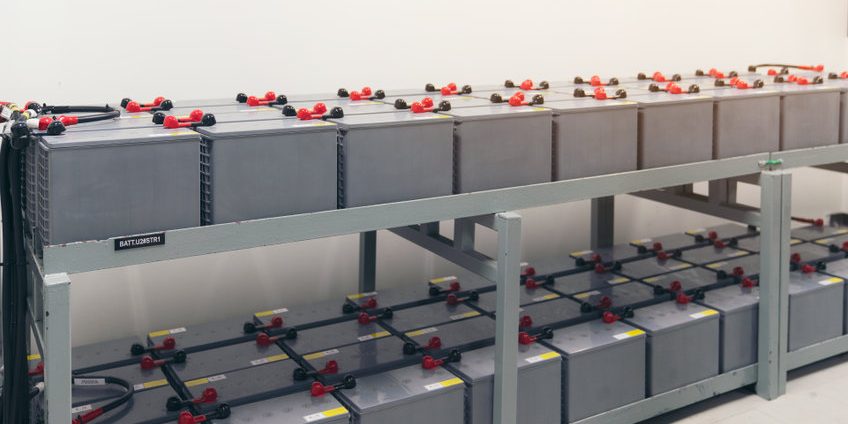Serving as a backup power or a primary power, battery backup systems enable machines function in the event of an outage or a fault. But beyond this, they activate the low-voltage main breaker and high-voltage protection of power transformers as well as provide reliable power for switchgear and critical standby systems during power loss.
As utilities expand and batteries continue to be innovative, space becomes a factor that companies must keep in mind. One valid option is instead of an enclosed space, having the batteries outdoors would reduce infrastructure costs and time spent expanding buildings with more bricks, mortar and labour.
However, it’d be dangerous to leave batteries fully exposed. Thankfully, there are easy solutions. With the use of thermally managed outdoor enclosures, this ensures that batteries used in backup systems can perform.
Of course, there are several considerations to keep in mind. Above all, it is recommended to consider a thermally managed enclosure space that meets North American Electric Reliability Corporation (NERC) standards.1
Furthermore, batteries should be able to recover quickly and survive Partial State of Charge (PSOC) conditions, harsh weather, and extreme temperatures.
Enclosures for battery backup systems should be able to:
- Accommodate both initial and large capacity uses and plans
- Have the capacity to expand when needed
- Have enough temperature control to handle seasonal temperature and humidity changes as well as temperatures that batteries produce
- Prevent moisture ingress
- Use a small amount of parasitic power
- Be secure enough to prevent people from breaking in
Considerations for Implementing an Outdoor Battery Backup System
There are several factors to consider when implementing an outdoor battery backup system for use:
Remote Locations
Remote locations are inherently inaccessible and can be prone to unstable grids, frequent outages, and extreme and varied weather. The batteries enclosed in an outdoor backup system must be designed to handle these conditions, recover quickly, and survive PSOC and harsh weather.
Remedies that mitigate this include taking a hybrid approach. This involves generators, more batteries, and solar power to ensure power demands are met regardless of the circumstances.
Battery Selection
The batteries themselves are also a consideration as some batteries will function better in an outdoor enclosed space than others. An ideal battery for this is one that can support any specified substation load profile.
What this includes is complex load profiles with continuous, non-continuous, momentary, and even random loads.
What narrows the battery selection further is that the battery should also have good temperature control in an outdoor enclosure area.
Enclosures with Expandability
Enclosures will need to be adaptable as many factors can change them. The enclosures should be able to expand but also be standardized so one enclosure model can accommodate different equipment configurations and deployment challenges.
Conclusion
As companies expand utilities, so does the demand for space. As a result, businesses may need to be creative using outdoor space to maximize their power usages. When using a NERC-compliant, thermally managed outdoor enclosure to house backup battery systems, not only does this provide more space for equipment and working space, but also guarantees that backup batteries are secure and protected from the elements.
The availability of thermal management methods ensures companies can pick the appropriate battery backups they need, even if it involves having the batteries in remote locations.
1 North American Electric Reliability Corporation (NERC), “Protection System Maintenance,” Nov. 7, 2012,
Standard PRC-005-2, p 1, accessed at http://www.nerc.com/files/PRC-005-2.pdf










